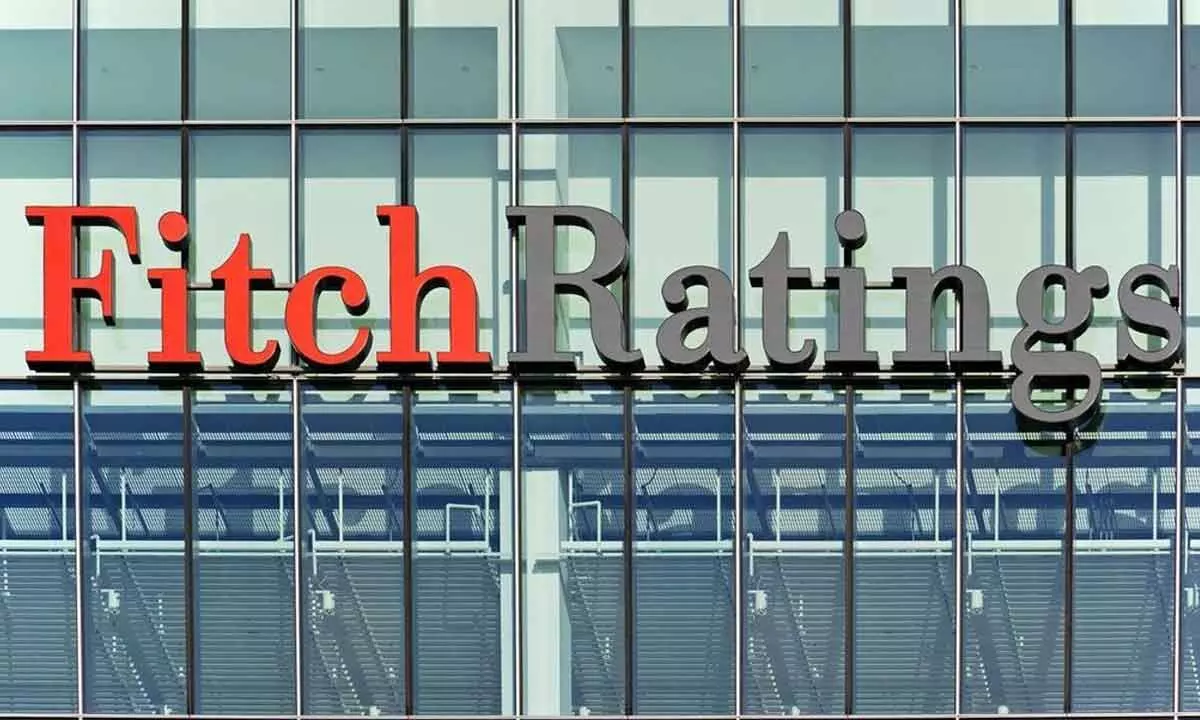Fitch concerned over lower majority but keeps growth projection intact
With the Bharatiya Janata Party (BJP)-led National Democratic Alliance coming back to power with a lower majority, Fitch Ratings expressed its concern today over the new government’s ability to get key reforming legislations passed in Parliament. The rating agency, however, didn’t lower the growth rate till 2027-28 from 6.2 per cent
image for illustrative purpose

With the Bharatiya Janata Party (BJP)-led National Democratic Alliance coming back to power with a lower majority, Fitch Ratings expressed its concern today over the new government’s ability to get key reforming legislations passed in Parliament. The rating agency, however, didn’t lower the growth rate till 2027-28 from 6.2 per cent.
It has maintained its assessment of India’s Long-Term Foreign-Currency Issuer Default Rating (IDR) at BBB- with a Stable Outlook.
“We believe major reforms to land and labor laws will remain on the new government’s agenda as it seeks to enhance India’s manufacturing sector, but these have long been contentious and the NDA’s weaker mandate will complicate their passage further. This could reduce the potential upside to India’s medium-term growth prospects,” Fitch said in a statement.
While the NDA has a majority in the Lok Sabha, the BJP couldn’t reach the halfway mark of 272 as it had done in 2019 and 2014.
“We do not think that the government’s losses at the ballot box will lead to substantial policy adjustments, but the post-election budget in July should provide greater clarity on its economic reform priorities and fiscal plans over the coming five years,” Fitch said.
While not very happy with the pace of economic reforms during the first two NDA terms, the rating agency found some measures like the goods and services tax (GST) law and Bankruptcy Code in 2016 as positive.
Fitch expects growth to remain at 7 per cent in the current fiscal. “We expect India’s medium-term growth performance to remain around our trend estimate of 6.2 per cent through FY28, despite the government’s slimmer majority. The continued public capex drive to address infrastructure gaps, ongoing digitalization efforts, and improved bank and corporate balance sheets—relative to the pre-pandemic situation—should facilitate a strong outlook for private investment,” Fitch said.
The rating agency expects the production-linked incentives (PLI) scheme to remain intact, which will help attract FDI in target sectors, such as electronics.
However, private investment has not yet accelerated meaningfully, which represents a risk for the outlook.
“The next government’s ability to address high fiscal deficits and reduce debt will be important considerations for the rating in the next few years. Sustained deficit reduction, particularly if underpinned by durable revenue-raising reforms, would be positive for India’s sovereign rating fundamentals over the medium term,” Fitch said.

